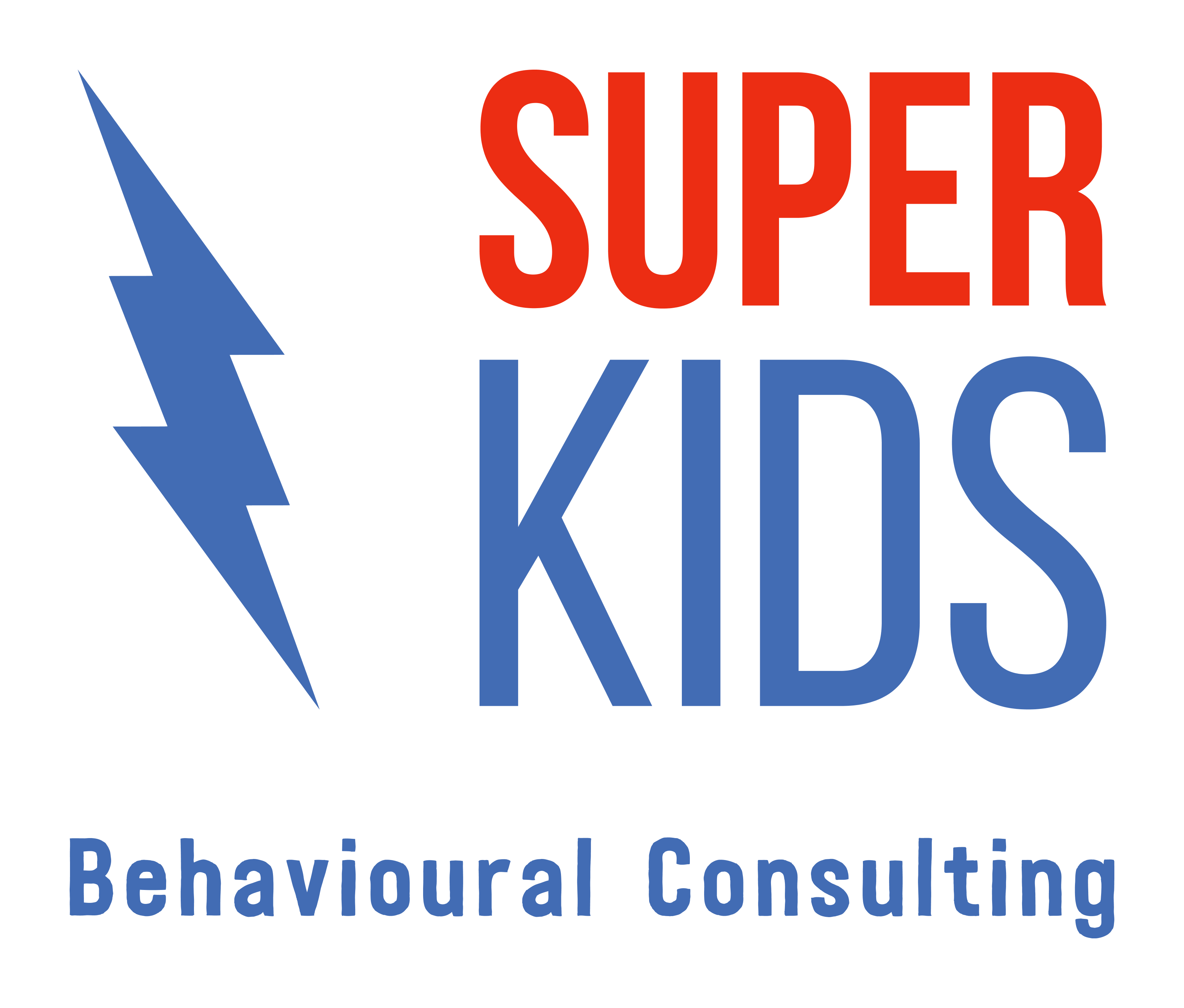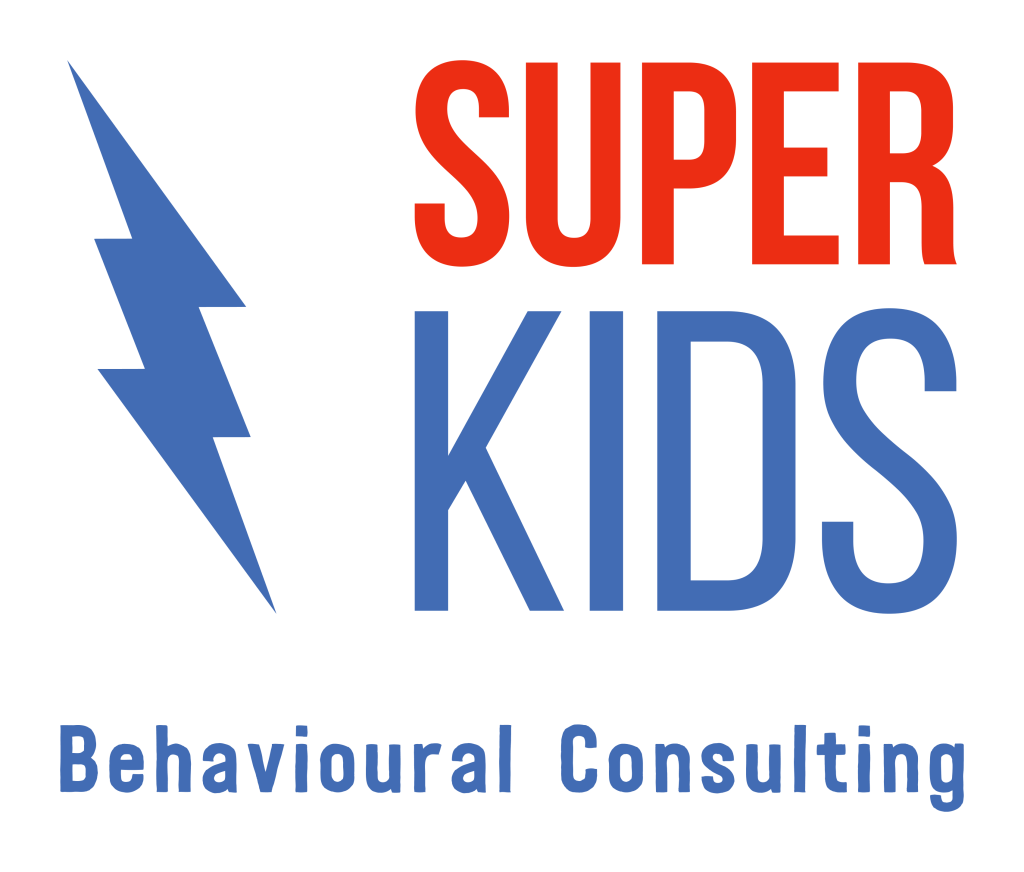Promoting Expressive Language Through Multimodal Communication: A Theoretical and Practical Exploration

Mia Andrade
FAMILY SUPPORT & WELFARE OFFICER / SENIOR BEHAVIOUR TECHNICIAN (She/Her)

Stella Baek
BEHAVIOUR TECHNICIAN (She/Her)
Reference List
-
Hartzheim, D., & Matson, J. L. (2017). Augmentative and Alternative Communication and Autism. In Handbook of Treatments for Autism Spectrum Disorder (pp. 269–288). Springer International Publishing AG. https://doi.org/10.1007/978-3-319-61738-1_16
-
van der Meer, L., Sigafoos, J., O’Reilly, M. F., & Lancioni, G. E. (2011) Assessing preferences for AAC options in communication interventions for individuals with developmental disabilities: A review of the literature. Research in Developmental Disabilities, 32(5), 1422–1431. https://doi.org/10.1016/j.ridd.2011.02.003
-
Gevarter, C., O’Reilly, M. F., Kuhn, M., Mills, K., Ferguson, W., & Lancioni, G. E. (2013) Comparing communication systems for individuals with developmental disabilities: A review of single-case research studies. Research in Developmental Disabilities, 34(12), 4405–4414. https://doi.org/10.1016/j.ridd.2013.09.017
-
Webb, E. J. D., Meads, D., Lynch, Y., Randall, N., Judge, S., Goldbart, J., Meredith, S., Moulam, L., Hess, S., & Murray, J. (n.d.). Something for everybody? Assessing the suitability of AAC systems for children using stated preference methods. Augmentative and Alternative Communication, 39(3), 157–169. https://doi.org/10.1080/07434618.2023.2206582
-
Essential for Living (EFL) Curriculum McGreevy, P. J., Fry, T., & Cornwall, C. (2012–present) – Used for Vocal Profile classifications and preference-informed AAC decision-making https://essentialforliving.com
Join our mailing list
Super Kids acknowledges each individual’s personal preference to use identity-first or person-first language to describe themselves or their loved one. We interchangeably use both language conventions and therefore refer to both Autistic children and children with Autism.


